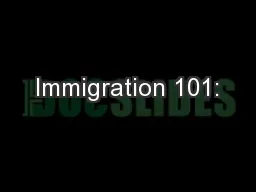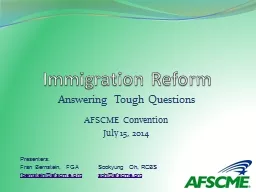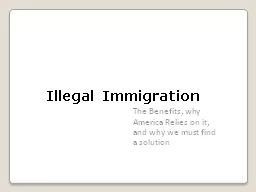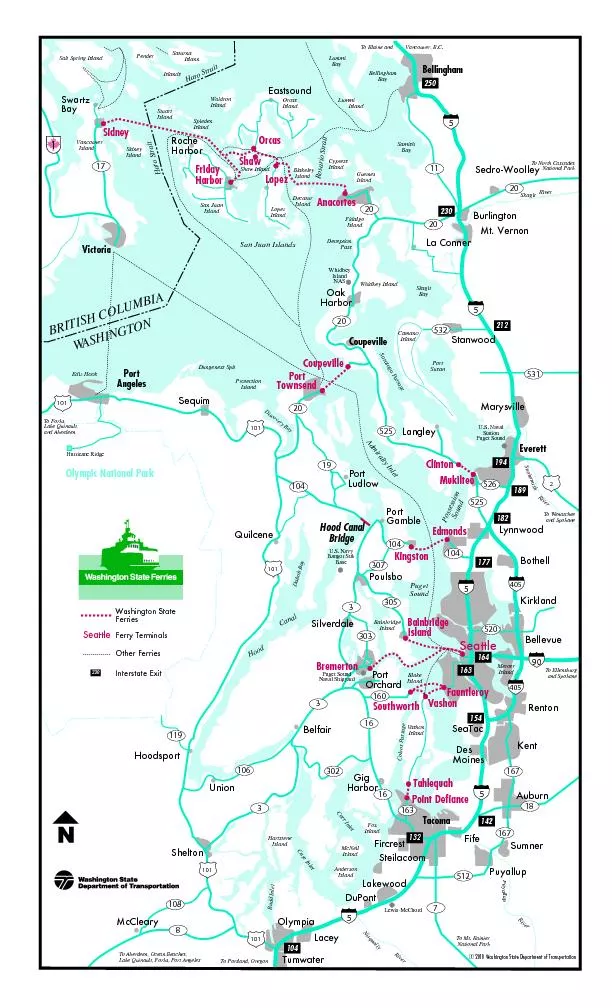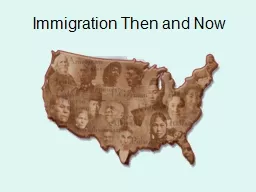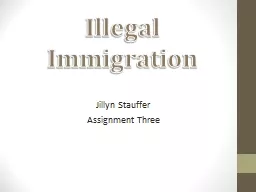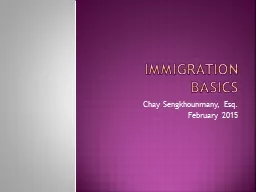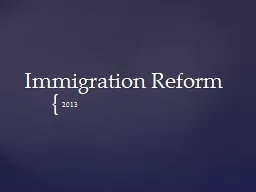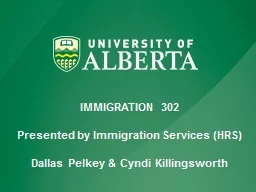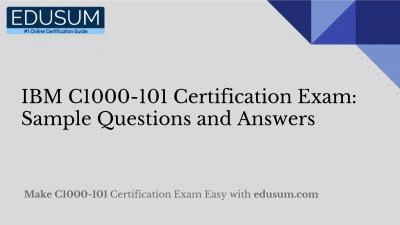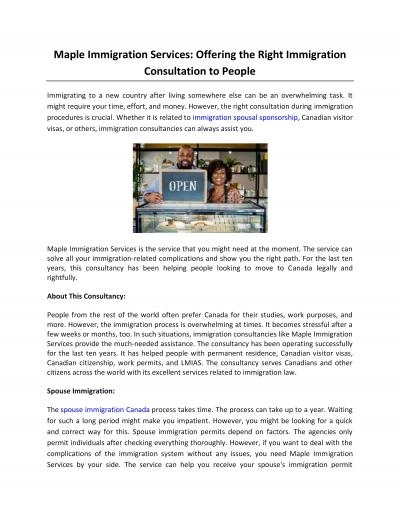PPT-Immigration 101:
Author : giovanna-bartolotta | Published Date : 2017-12-16
IMMIGRATION FOR THE NONIMMIGRATION ATTORNEY 1 PRESENTED BY Sue Swanson Anna Stenson North Dakota States Attorneys Association Summer Conference June 22 2012 1100
Presentation Embed Code
Download Presentation
Download Presentation The PPT/PDF document "Immigration 101:" is the property of its rightful owner. Permission is granted to download and print the materials on this website for personal, non-commercial use only, and to display it on your personal computer provided you do not modify the materials and that you retain all copyright notices contained in the materials. By downloading content from our website, you accept the terms of this agreement.
Immigration 101:: Transcript
Download Rules Of Document
"Immigration 101:"The content belongs to its owner. You may download and print it for personal use, without modification, and keep all copyright notices. By downloading, you agree to these terms.
Related Documents

